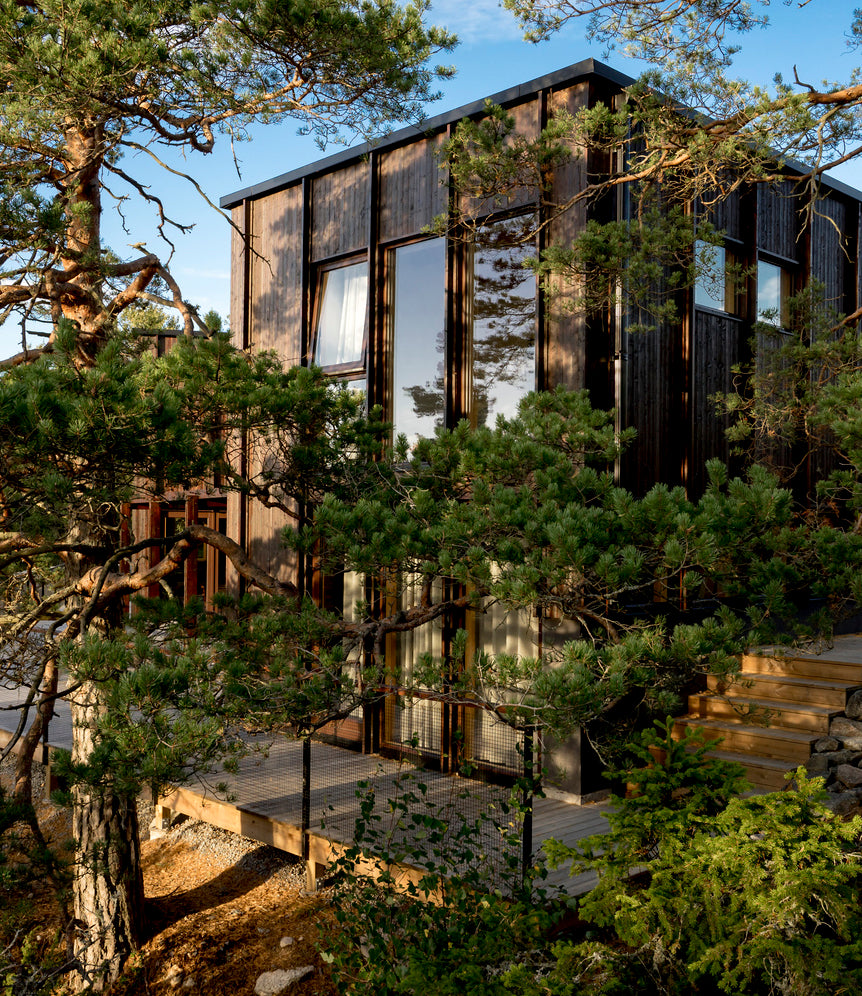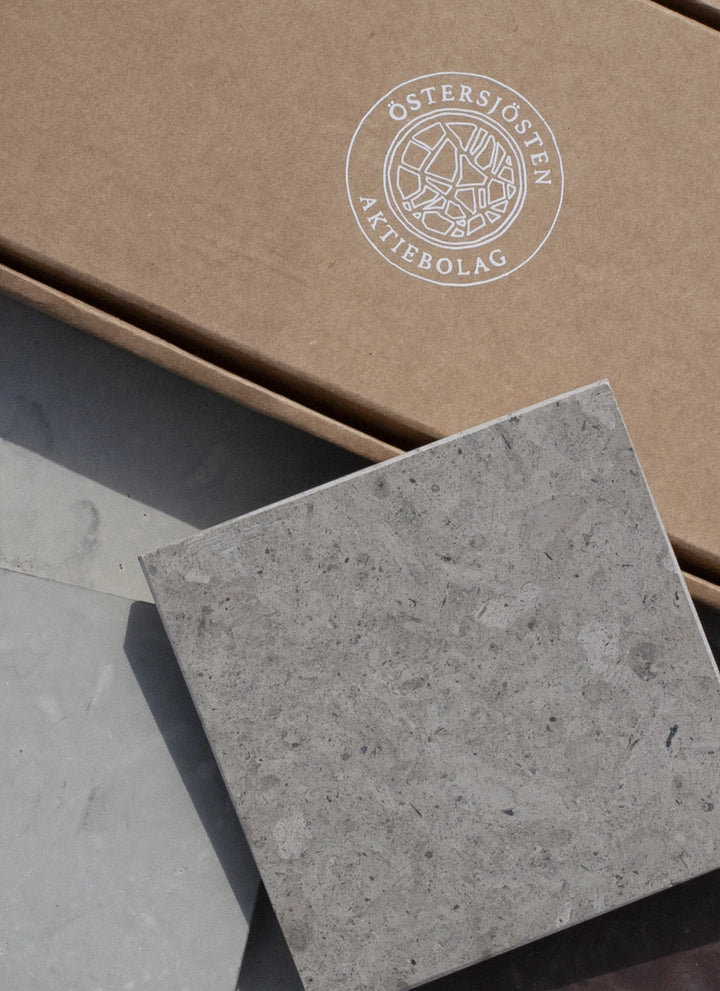
Interview
Interview with the architect Max Holst

Describe your philosophy around design and architecture
I am not known for expressing a lot of philosophies around design, but I usually advocate that simplicity is the best. If you build a house in a beautiful material, it does not need to be particularly complicated. The material itself, especially if it is recurring inside and out, can create exciting rooms or surfaces. I am also of the opinion that the idea of simplicity should include the construction of the house. A simple and clear construction contributes to creating a strong architecture. When I design a house, it is almost always the case that I want to understand the construction, almost to that level that I could build them myself.
I also appreciate when there is an honesty in what you do. For an example, wood is often painted, but for me it is more interesting when you are able to see and feel that it is wood. That is what I appreciate with limestone and marble, it is always genuin. Then there is a majority of surface treatments, but regarding surface I also advocate simplicity and honesty. Namely, I prefer a stone that is brushed or sawed rather than a honed stone.
A stone for me has its highest value when it is in its most natural form, but it creates a conflict with its durability since a honed natural stone is less sensitive than a brushed one.

What is important to you in choosing materials for your projects?
First of all I want to feel an aesthetic attraction to the material. It has to look and feel good. Then I look at the sustainability, and finally at the economical aspect. Does the material fit into the clients budget? It can sometimes be a difficult balance. I like to use natural materials with a local anchorage and avoid composite materials or plastic.
For me sustainability are multiple things. One is physical sustainability. That it can be worn, but that it is then patinated and gets more beautiful with time. And it is mainly natural materials that possesses that quality. Stone is one such example, it lasts for generations and is beautifully patinated.
When choosing a material, you often want it to be cheap, maintenance-free and easy to assemble. Those three aspects are often difficult to combine with the material also being beautiful. Almost all beautiful materials demands maintenance and some knowledge.

How do you think one should reason when you want or need to combine materials?
Combining materials is almost exclusively an aesthetic question - how good the materials fit in appearance. Then there might be functional and technical aspects that must be considered. When it comes to natural stone, this part is rather irrelevant. Basically, they are always combinable. There are many types of stone with different pattern and color, and then the question is again directed towards the aesthetic.
I recently designed a bathroom where we chose to use Kolmården marble in the entire room. It is a lively and beautiful material. In such a room, where the stone draws almost all of the attention, it is important that you consider all the details. Thus the stone and details blend together and creates a beautiful room. The wooden window in pine meets the green marble in a beautiful way and the contrast feels natural. Had it been an ordinary white window, it probably would not have felt as good.


What are your best advice before a renovation?
As a fundamental principle I first look at the interior and architecture and search for values that can be saved. There are often time related elements which can be lifted and included as a reference. It is important to set your own character, and it is often shaped by the era of time you live in.
- choosing a selection results in a full page refresh
